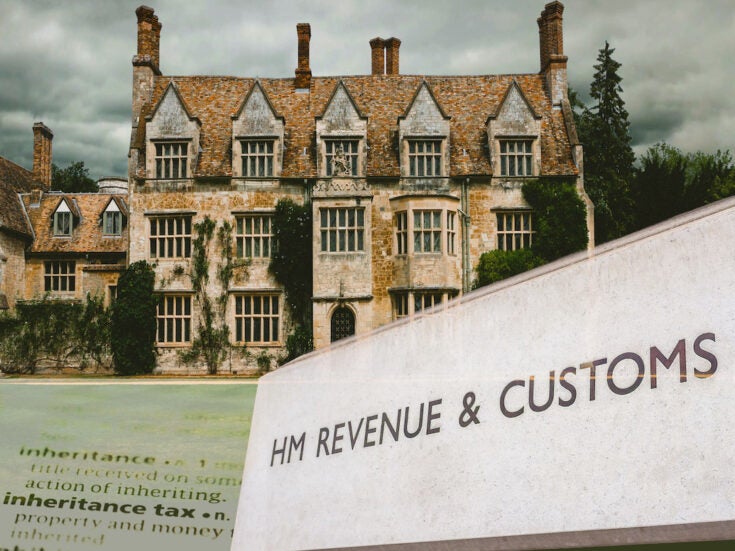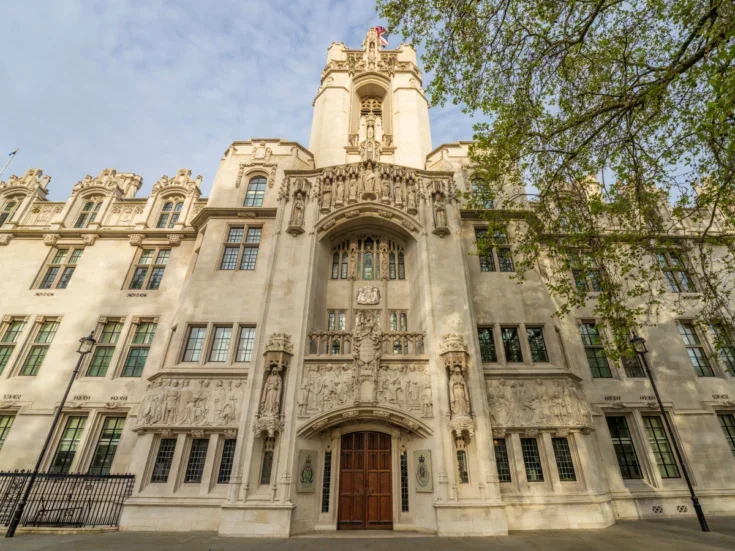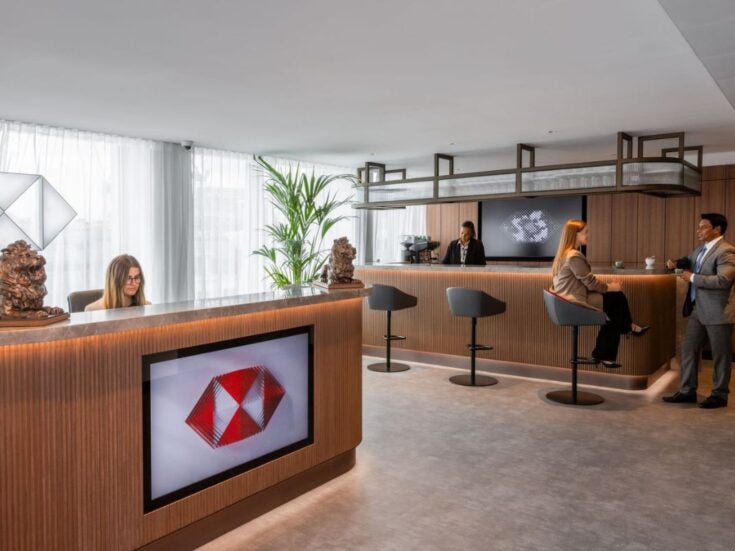
Bhutan is held up as a symbol of happiness, an antidote to our obsession with money. But is this true, and if so, what can it teach us? David Dawkins attempts to find enlightenment
The mountain kingdom of Bhutan is best known as a place where ‘happiness’ really has a greater currency than gold, dollars, pounds and rupees. Smudged between India and China, Bhutan is like a modern fairy tale – it’s a land where the young ‘Dragon’ King and Queen are benevolent and beloved, and where a weary traveller can rely on a warm welcome, a thick blanket and a cup of ginger tea after a long climb through the rocky Himalayan foothills.
It’s a land of great storytelling – believed born on the back of a flying tigress – where a simple happiness prevails, running through every home and touching all you can see from the highs of Gangkhar Puensum mountain, through the rivers that knit together its 20 districts.
‘Oh, forget it,’ declares Michael Rutland, a noted Bhutanese resident, physicist and formerly tutor to the 4th King of Bhutan who puts Spear’s straight when we catch up over the phone.
‘For goodness’ sake,’ he adds. ‘Don’t talk about Bhutan as the world’s last Shangri-La – it makes everyone here vomit. It is so naff. I would have thought Spear’s magazine was above it.’
We’ll see. Bhutan is a country of contrasts: the people are peace personified, yet the landscape is grand, the mountains untamed, harsh. We know Bhutan by its Sanskrit name ‘Bhotant’, meaning ‘the end of Tibet’; the Bhutanese themselves refer to their country as ‘Druk Yul’, or, rather intimidatingly, the Land of the Thunder Dragon.
In similar contrast, Bhutan is both incredibly welcoming but hard to get to: all visitors must be accompanied by a guide at all times and there’s a daily $200 tax ($250 in high season). The arrival of the Fifth King (Jigme Khesar Namgyel Wang – chuck) in 2006 prompted Bhutan to open its doors an inch further, to the type of adventurer willing and financially able to spend money and respect its culture, leaving the magic intact for others to enjoy in the years to come.
High ground
Travelling with Cookson Adventures, we fly via Abu Dhabi and Kathmandu into Paro, passing the peak of Everest, the only point to pierce the cloud layer below. Landing with a sharp turn on a valley runway, we’re greeted with white scarves and a warm welcome by our guide Gembo, in traditional gho, knee-high socks and smart black shoes.
Driving along narrow roads offering our first sight of the tall and fluttering blue, white red, green and yellow prayer flags that line the road, our guide rattles through all things Bhutan, from hydropower to flora and fauna.
To paraphrase: Bhutan is 14,824 square miles in size – that’s around 250 times smaller than China – and with 807,610 people its population is comparable to Glasgow’s. The few roads make all journeys bumpy, scenic and long. Its gross domestic product hit $2.5 billion in 2017, rising at a healthy pace of 6.8 per cent.
Signs along roadsides declare smoking to be a ‘gateway drug’ and banned; there are no traffic lights, and road users share a liberal attitude to overtaking on sharp corners. The ‘air is thin’, and we’re told ‘you’ll notice it on steep stairwells’. Brits and Germans are said to be mostly ‘OK’ with altitude, but Americans and Indians ‘can struggle’.
As we drive we talk of Bhutan’s ‘Happiness Index’, embroidered on baseball caps sold at gift shops, the national idiosyncrasy for which the country is known around the world. Happiness is not a feeling in Bhutan, but a measurement tool for policy-making, described by the University of Oxford’s Poverty & Human Development Initiative as an index that ‘includes both traditional areas of socio-economic concern such as living standards, health and education and less traditional aspects of culture and psychological wellbeing’.
For academics, the index is really a holistic reflection of the general wellbeing of the Bhutanese population, rather than a subjective psychological ranking of ‘happiness’ alone. Even the UN, our guide tells us with a smidge of pride, takes interest in Bhutan’s ‘happiness’.
Rutland later put the record straight on the topic of happiness with a story from 1972: ‘When the young Fourth King had been a king for just a few years in his very early twenties, he was asked by a malevolent journalist, “Your Majesty, what is the gross national product of Bhutan?” He knew perfectly well that it was $50 [per capita] a year – the second lowest in the world. He asked it so the King would have to admit how poor Bhutan was. The young King, off the top of his head, said, “I’m not so interested in gross national product, I’m more interested in gross national happiness.” It represented the basic principle the young King was thinking of for Bhutan’s development. In other words, how content were people, rather than how many dollars did they have in their pocket.’
In short, it was the idea of there being more to life than money, and a contrasting set of ideals to the Western pursuit of success, money happiness. In Bhutan there’s a real sense that ‘happiness’ is something very different – an idea running alongside a seamless working relationship between land and life; people and place.
Looking through the window as we drive through Paro to Thimphu, it’s easy to believe that more than 70 per cent of Bhutan’s land is forest, allowing greenery to gobble up three times more CO2 emissions than its population and light industry produce. Farms are everywhere, the steep steps of rice growers lining the road-side valleys, but the people’s dependency on growing, storing or selling their own rice, potatoes, and chillies is declining as trade and tourism rise. And when it comes to trade, there’s plenty to sell.
Take water: Bhutan creates so much power from hydroelectric dams that the remaining renewable hydropower is sold to India, generating a massive 45 per cent of Bhutan’s revenue.
Bronze Buddha
Our adventure starts in the capital with what I can only describe at the time as a massive golden Buddha overlooking the valley of East Thimphu. Gembo, our stoic and gentlemanly guide, nods. It’s actually gold-plated bronze. With the sun setting, it is one of the first jaw-dropping moments of the trip, and a great place to start an adventure of your own. The Buddha Dordenma is a 54m statue looking out across the capital.
Inside the statue there are rows of smaller gold Buddha statues lining the walls, and clusters of golden Bodhisattva (a person who is able to reach nirvana but delays through compassion for suffering beings) lining the stairwells. Our guide whispers the story of a prophecy that a very large Buddha statue would bring peace and happiness to the world.
The Kuensel Phodrang nature park beneath is a 145-acre gift to the monks from the former King. After a very comfortable night at Amankora in Thimphu, we rejoin Gembo and driver Dorji in their special beige bus for our two-hour journey to the Punakha Tshechu, a festival in the grounds of the magnificent Punakha Dzong, a white-walled castle where monks and locals mingle, and a genuine focal point in Bhutan.
The festival commemorates the birth of the second Buddha, Padmasambhava, also known as Guru Rinpoche, and the highlight is the unfurling of the thongdrol – a large, ancient tapestry of the Buddha which is said to liberate onlookers and cleanse sins. There’s dancing, spinning men in traditional masks, and teenagers pout for photos in the forecourt while families sit crunching snacks.
It’s a collision of modernity and tradition, another deep contrast between colour and pride, youth, history and religion. With the clement weather flipping from that like a UK March to May, we spend a day whitewater rafting, and another hiking through the valley to the Chimi Lhakhang monastery – the end point of an eccentric walk through a village where welcome signs, toy planes, murals and shop windows are adorned with penis figurines of every imaginable size and colour (many have teeth). A special mention must go the archery – Bhutan’s national sport – available at every good five-star hotel in the country.
At UMA Paro (part of Como Hotels & Resorts), my butler, a lovely young man called Sonam, offers words of encouragement – ‘show your wife’ and ‘be better… you can do it’ – while handing me arrows, and mouthing ‘ooooooo’ every time I miss the target. Eventually I hit, and he catches the feat on my phone. Once again, the transition between tradition and modernity is seamless in Bhutan.
Onwards and upwards
The next morning we enter expedition mode. Our beige bus carefully crawls up the bumpy, long and winding roads (lovingly dubbed by locals ‘the Bhutanese massage’) towards Gasa, Bhutan’s largest district.
Despite a few stops, cameras poised for any movement, we fail to see any of Bhutan’s wildlife: Himalayan blue sheep (too low), snow leopards (too rare, too shy), black bears (wrong season), mountain tigers (predisposed in Bangladesh), takin – the Bhutanese national animal, half goat, half cow and named by a 15th-century saint known as the ‘divine madman’ – alas, no sight, or at least not in the wild.
Another stop along the mountain pass and we take respite at what’s termed a ‘general store’ but is really a welcoming home for tea, warmth, curry and a gigantic bowl of rice. A short walk takes us to the local baths – thronging with Bhutanese folk enjoying the water and washing through their illnesses and ailments.
Now quite a way from Bhutan’s path well-trodden, we Brits are quite an anomaly, but no less well received. We talk of football – Britain’s global sport and true soft power. Bhutan is an exceptionally polite and welcoming country, which, to a Londoner, is unusual. After a quick dip, our long journey continues up, up and across.
The tones that mark the flora of our ascent – green, grey, and finally white – follow us north. Our destination is a farmstead, a long way from the five-star resorts dotted around the major cities. We arrive in Gasa, a remote village to the north-west – a base camp before our planned eight- to ten-hour ascent to Laya. Here we meet ‘Charlie’, our local host, and his family – matriarch Dawa and their cheeky children, Tandin and his older cousin Tshewaang.
Dinner is served sat on the floor around a Swiss-style stove in the kitchen, the aim being to fill your plate with small portions of each taste – ema datshi (chilli cheese) and kewa datshi (potato cheese chilli) – typically with only one meat dish, all centred around a giant collapsed cannonball of rice. Charlie offers us a drink – potentially Bhutanese moonshine.
I respectfully decline and head off to bed, wrapped in a down jacket and at least four blankets, getting a good night’s sleep before the day ahead. Alas, it isn’t to be.
The wind kicks the barn walls: ‘You don’t mess with the mountains,’ our guide warns, telling of paths not yet trodden and waist-deep snow on the route to the hidden village of Laya. Is our expedition deep into the hidden Bhutan really over? Felled by bad weather but not yet disillusioned, our guide calls the airport and we take a chopper.
At Paro airport, we’re placed in the safe hands of our veteran Afrikaans pilot, JC Berger. ‘What’s your first name?’ I ask over the radio as we rise through the valley, pen on notepad poised. ‘J,’ he replies, finger on badge. We’re here to meet the Layap, an indigenous people living in the high mountains of north-west Bhutan in the village of Laya.
Living at an altitude of 3,850m the Layap refer to their homeland as Be-yul, ‘the Hidden Land’. We touch down in the grounds of a school and are met by 14-year-old Sangay Choden and her family. Inside we’re welcomed with a cup of salty tea made with yak’s milk. It is, needless to say, an acquired taste. Pots and blankets line the walls, a signifier of wealth. The King’s birthday celebrations play on the TV. This is quite a well-to-do family, but there is no sense here that the Layap people are being headlocked into the kind of rapid westernisation Bhutan fears.
As the journey off the well-trodden path ends, we hike to Bhutan’s most famous sight, the Tiger’s Nest, Paro Taktsang, also known as the Taktsang Palphug Monastery. Tourists make their way up a forest pass to the cliffside of the upper Paro valley, to a temple complex first built in 1692, clinging to the slip side of steep dark cliff.
The location is sacred, the temple having been built around the Taktsang Senge Samdup cave, where Guru Padmasambhava meditated for three years, three months, three weeks, three days and three hours in the eighth century. Padmasambhava is credited with introducing Buddhism to Bhutan, having flown to this location from Tibet on the back of a tigress.
Tourist magnet
As you’d expect, the Tiger’s Nest is densely packed with tourists: Indian, Japanese, Brits and Americans. All guests respectfully observe rules covering shoes and camera phones. We make our way around the many holy sites as our guide tells us stories in hushed tones.
Red-robed monks tinker at the shrines, removing the offerings – everything from Coke cans to US dollars. But there’s a deep reverence here – Padmasambhava/Guru Rinpoche is the most important of Bhutan’s historical and religious figures. As historian Karma Phuntsho writes, Rinpoche is often described as the second Buddha and ‘the embodiment of the enlightened wisdom, compassion and power of all Buddhas’.
For Bhutan, Rinpoche is a founding father and a patron saint, but when you’re there in the Tiger’s Nest there’s a sense that he’s more than just another ‘historical person’, but rather an ‘enlightened energy or state of being’. It’s a place of people and peacefulness, the long walk is welcome, and it’s a wonderful way to finish an adventure that knitted mountains to stories; history to religion; work to land and love to life.
I came to Bhutan to see a place where money and people, happiness and geography all tilt on a different axis from how we live in the West. Is there really more to life than money?
Rutland later tells me of another British journalist who wrote: ‘This is a terrible thing for a convinced republican to write, but after two weeks in the Kingdom of Bhutan I’ve come to the conclusion that the King is doing a rather good job.
He is the only world leader who understands that a farmer working his own land in a stable village community with a cash income of $5 a year is great deal happier than the same man working in a Nike football factory for $500 per year.’
Bhutan might not answer the question ‘Is there more to life than money?’, but if you go there you’re sure to be asked an important question – one you might not necessarily be able to answer.
By David Dawkins
This article first appeared in issue 68 of Spear’s magazine, available on newsstands now. Click here to buy and subscribe
Spear’s arrived in Bhutan on the wings of Cookson Adventures. Famed for years spent researching and building an exclusive network of connections in a territory, the Cookson team have access to places, people, secluded routes and untouched territory that others simply do not.

















